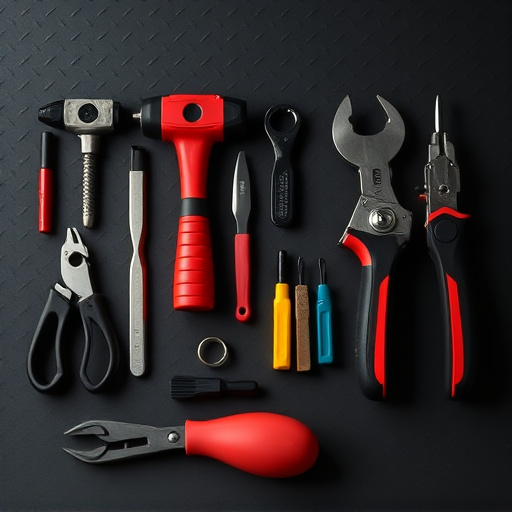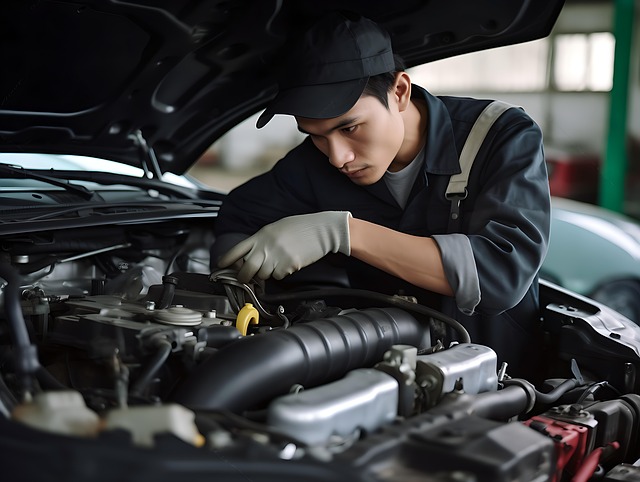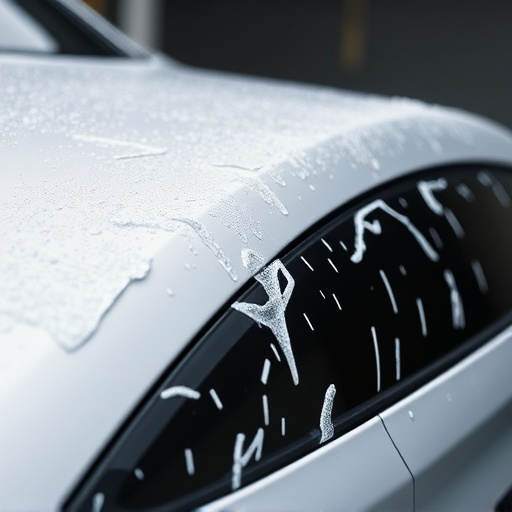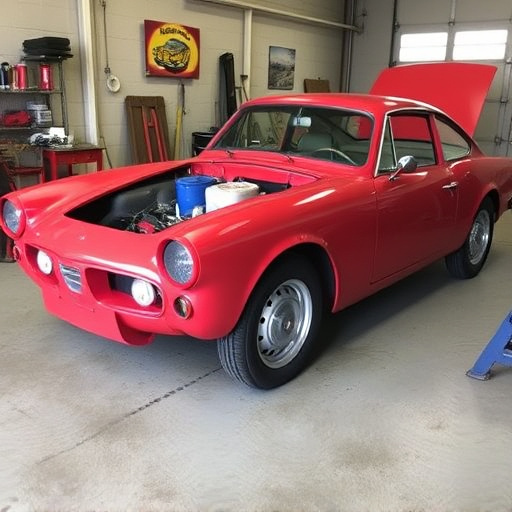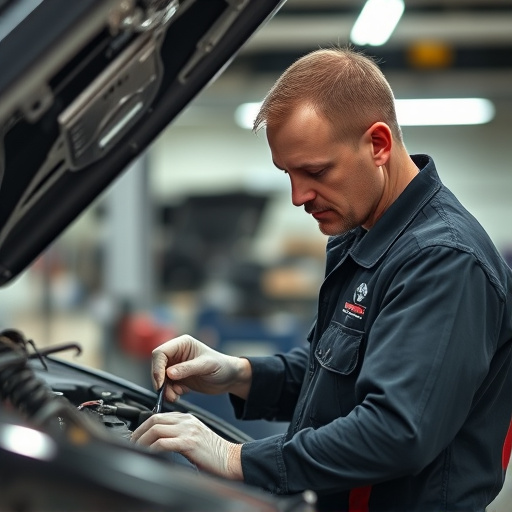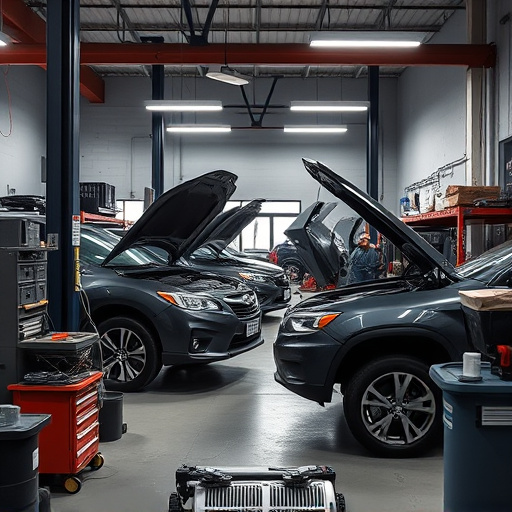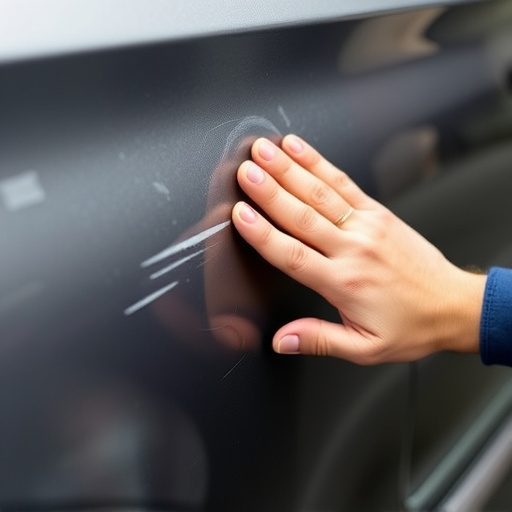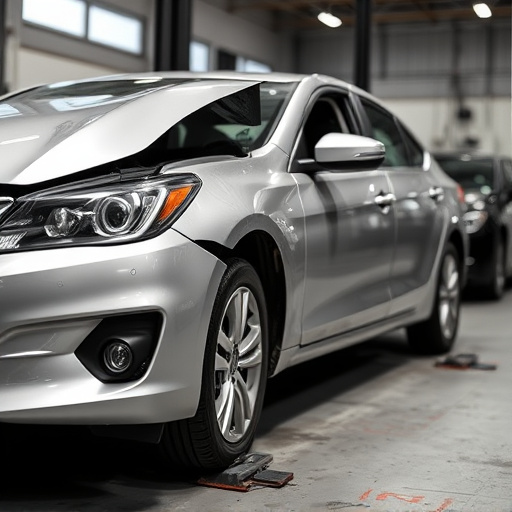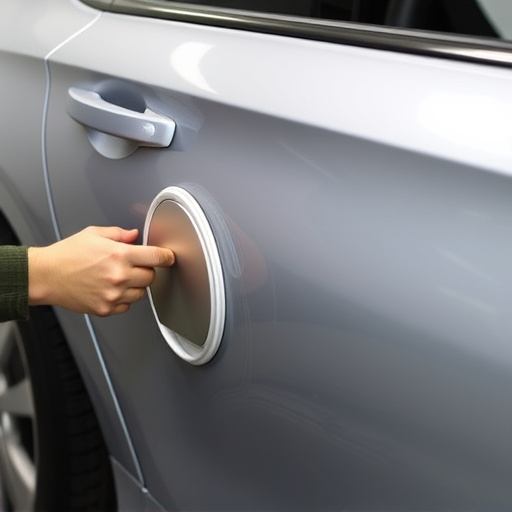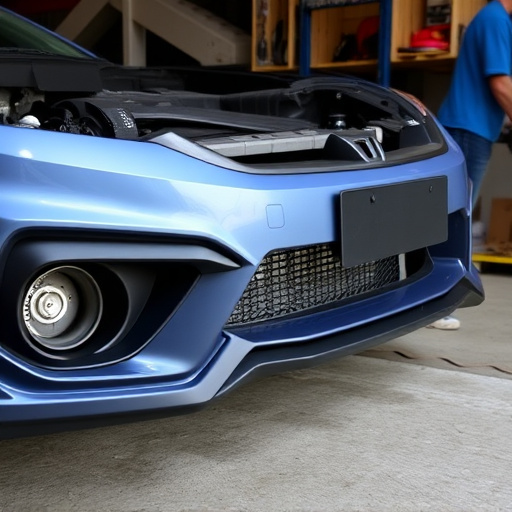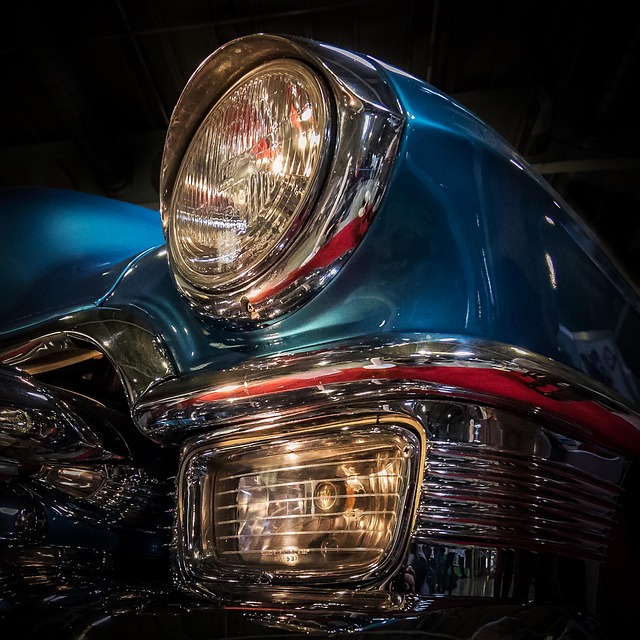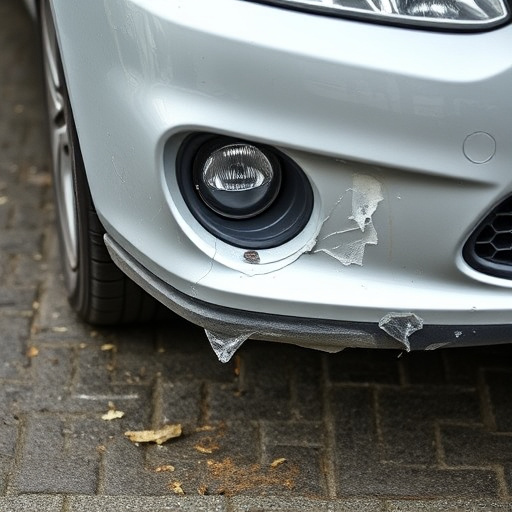Modern fast collision repair leverages laser welding, CAD software, robotic painting, and lightweight composites to enhance precision, speed, and aesthetics, ensuring damaged vehicles are restored to original specifications efficiently, thereby maximizing customer satisfaction in today's competitive auto industry.
In today’s fast-paced world, quick and precise collision repair is a priority. Fast collision repair services are not just about saving time; they ensure vehicles return to the road safely and efficiently. This article explores modern techniques that revolutionize the process, enhancing both speed and quality. From streamlined processes to precision engineering, these innovations are transforming how we restore vehicles, offering customers convenience without compromising on safety or craftsmanship.
- Modern Techniques for Rapid Repairs
- Enhancing Efficiency: Streamlined Processes
- Precision Engineering: Restoring Vehicles Faster
Modern Techniques for Rapid Repairs

Modern techniques in fast collision repair have revolutionized the way auto body repairs are carried out. Advanced technologies such as laser welding and computer-aided design (CAD) software enable precision work, ensuring that damaged car bodies are restored to their original specifications. These innovative methods not only enhance the quality of repairs but also speed up the entire process, reducing downtime for vehicle owners.
Additionally, robotic painting systems and advanced materials like lightweight composites further contribute to efficient auto body repair. These advancements allow for quicker turnaround times without compromising on aesthetics or structural integrity. With a focus on both precision and efficiency, modern fast collision repair services deliver top-notch results, ensuring customer satisfaction in the shortest possible time.
Enhancing Efficiency: Streamlined Processes
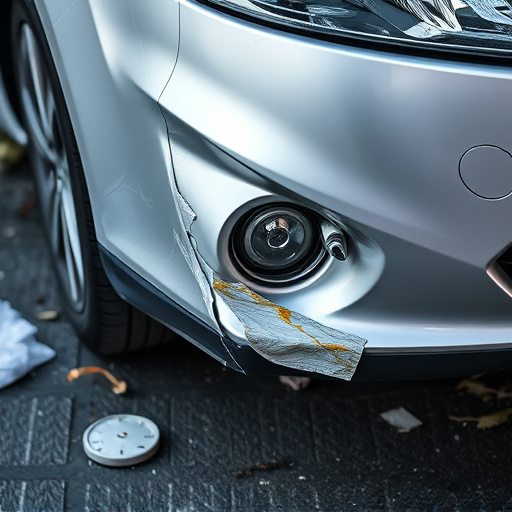
In the fast-paced world of collision repair, efficiency is key to delivering swift and quality services. Streamlined processes are at the heart of modern auto body shops, allowing for faster turnaround times without compromising on precision. This involves a meticulous approach to each step of the repair process, from initial assessment to final touch-ups. By implementing advanced technologies and standardized procedures, collision repair centers can enhance productivity while maintaining high standards.
For instance, automated systems for auto painting ensure consistent and precise color matching, reducing the time spent on manual mixing and application. Similarly, digital imaging and computer-aided design tools enable faster and more accurate damage assessment, which leads to more efficient repairs, especially for intricate scratch repair jobs. These streamlined processes not only benefit the shop’s operations but also contribute to a smoother experience for customers facing vehicle damage due to collisions.
Precision Engineering: Restoring Vehicles Faster
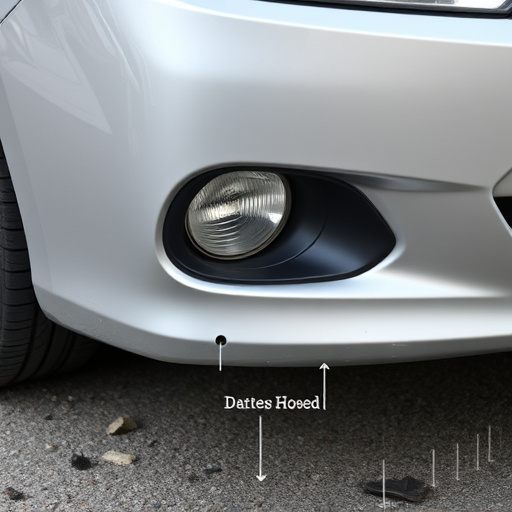
In the fast collision repair landscape, precision engineering stands as a game-changer, revolutionizing how vehicles are restored. This advanced approach focuses on minimizing damage and maximizing efficiency in auto body repairs. By employing state-of-the-art technology and highly skilled technicians, workshops can achieve remarkable results in record time. Dent removal techniques, for instance, have evolved to include automated tools that swiftly and accurately remove dents, replacing tedious manual labor.
This precision extends beyond dent removal to every aspect of vehicle paint repair. Automated painting systems use computer-aided technology to ensure consistent, high-quality finishes, replicating the original factory finish. This level of detail not only speeds up the overall repair process but also guarantees a visually impeccable end product. Fast collision repair, when combined with precision engineering, becomes a powerful synergy, offering both convenience and superior quality for vehicle owners.
Fast collision repair, with its emphasis on precision and efficiency, is transforming the automotive industry. Modern techniques, streamlined processes, and advanced engineering enable quicker turnarounds without compromising quality. By leveraging innovative methods, shops can reduce downtime for vehicles, increase customer satisfaction, and stay competitive in the market—all hallmarks of a successful fast collision repair service.

